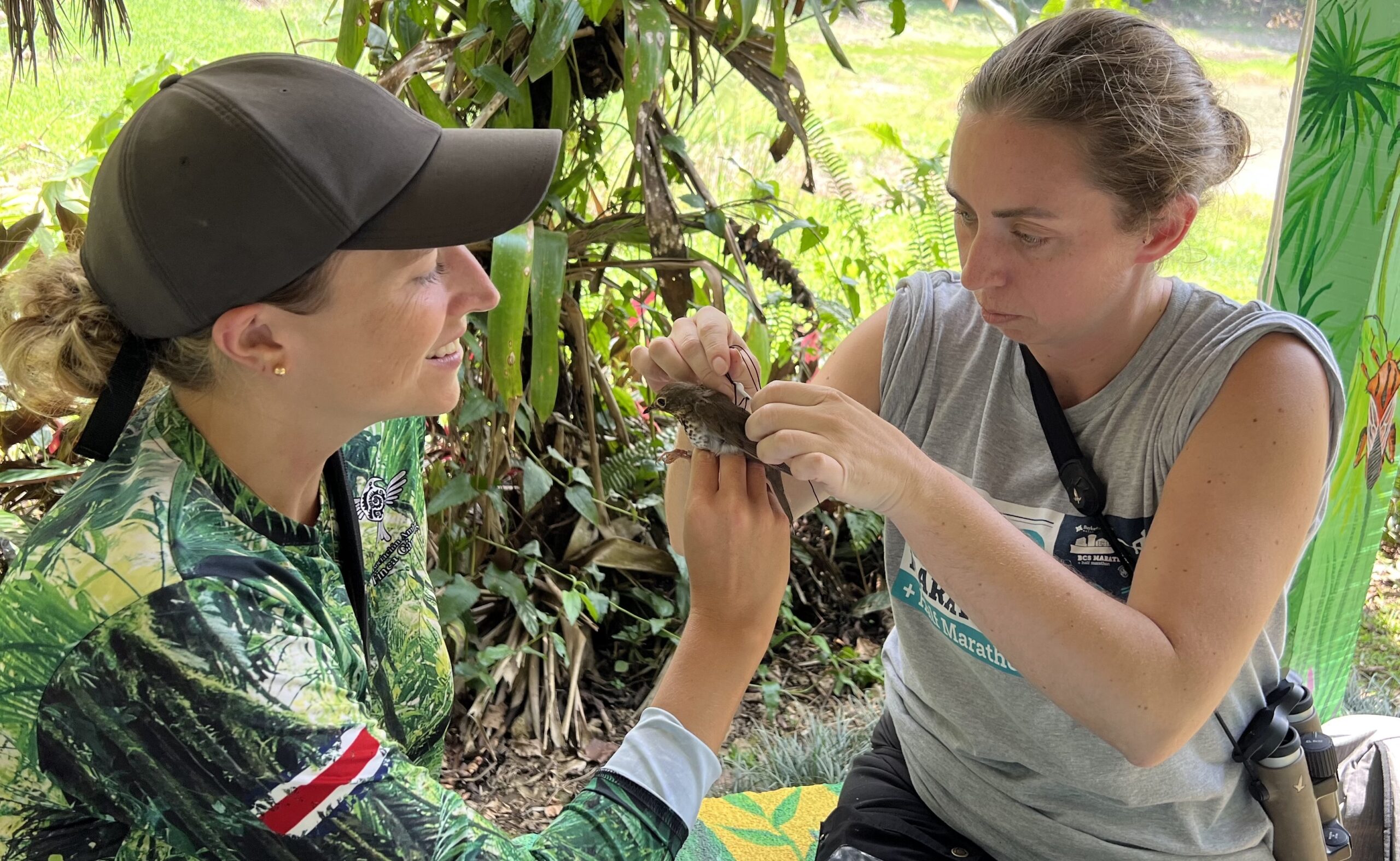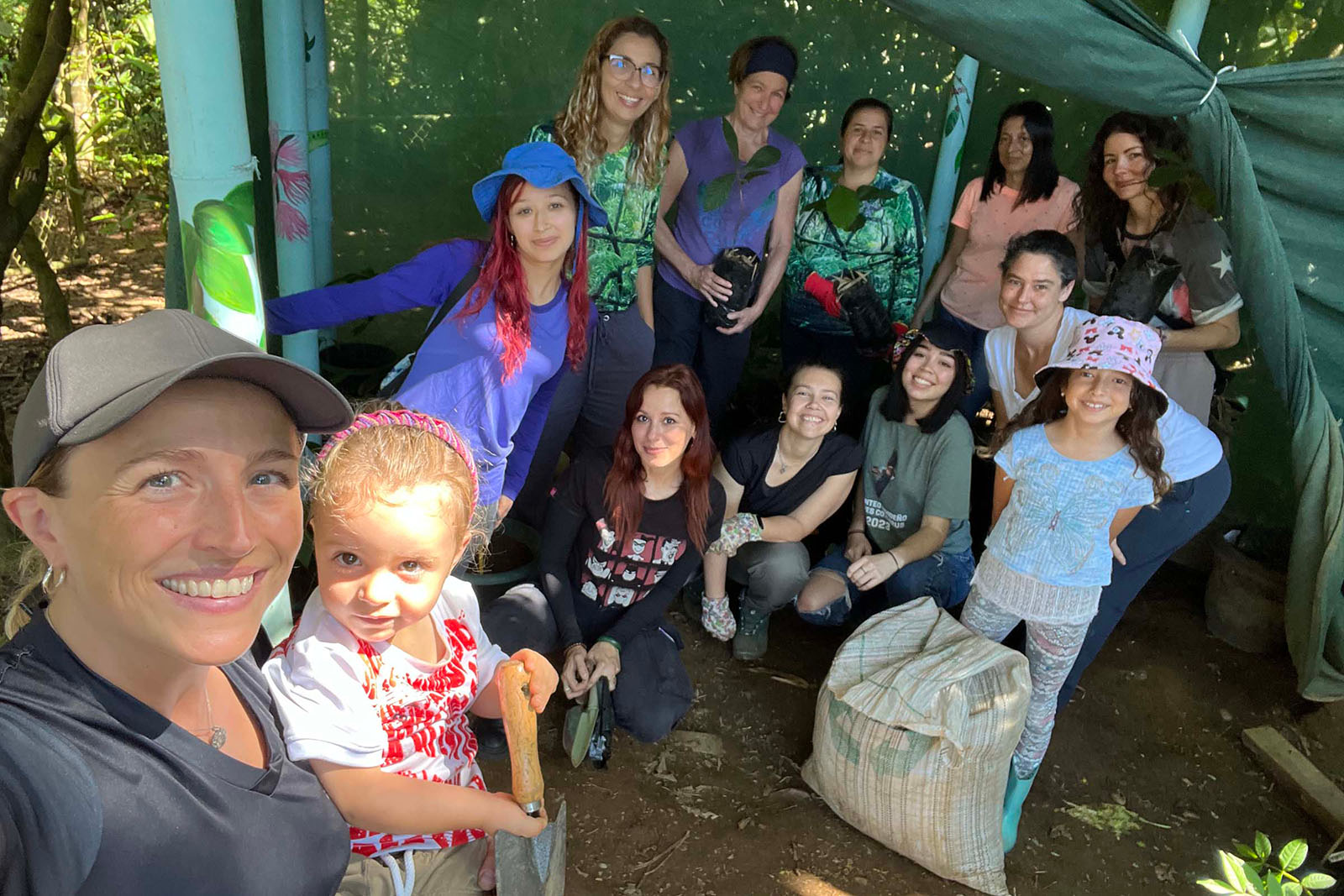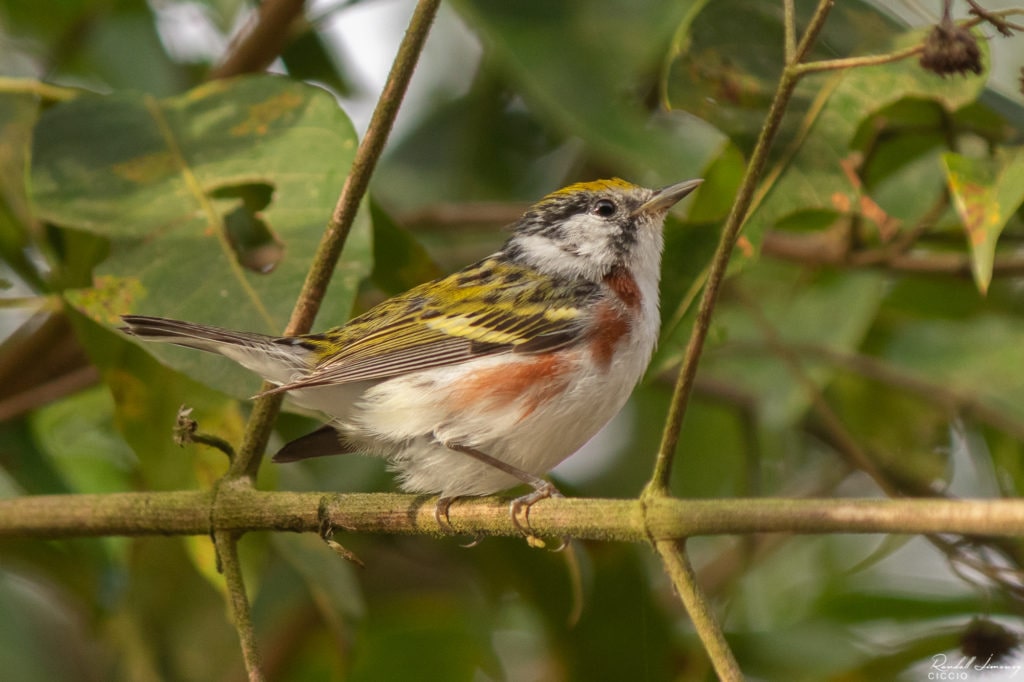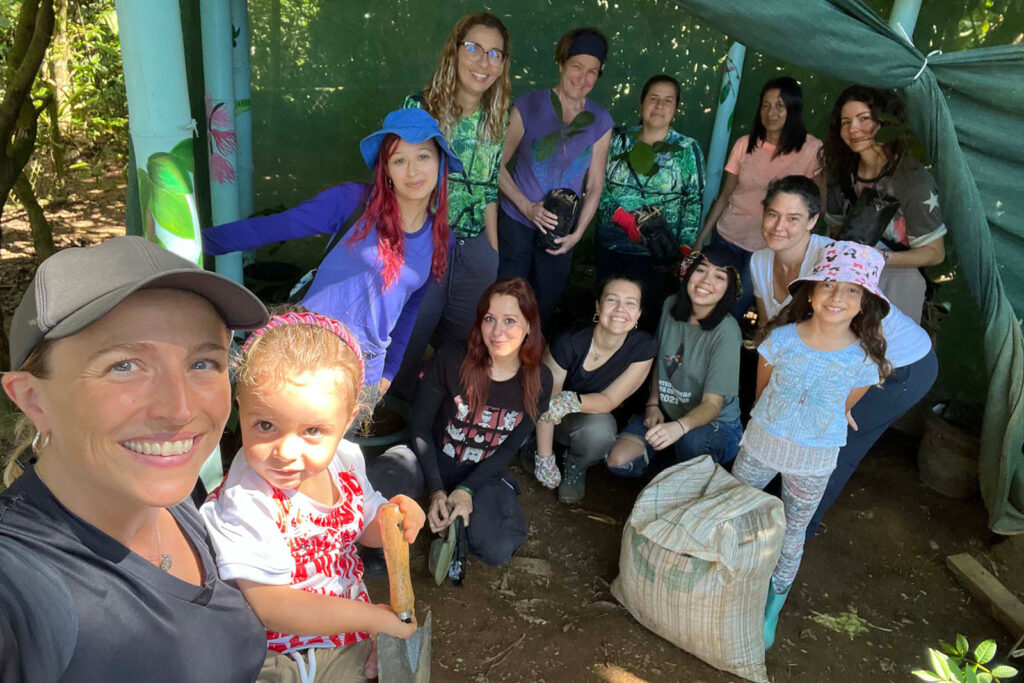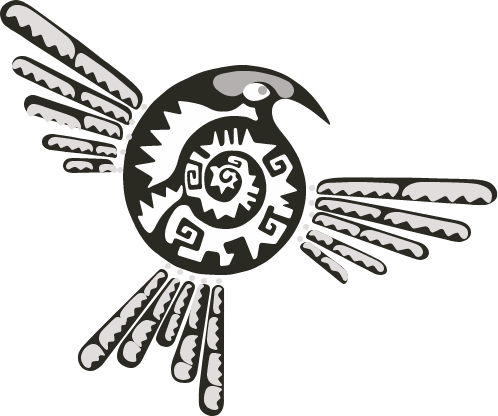We are 11 days in to this much-anticipated new year. A year that is NOT 2020. And a year that kicks off the UN Decade on Ecosystem Restoration (2021-2030).
How does it feel so far?
We could easily despair 24/7 about the direction the pandemic will take in 2021, the state of politics in the world, and how we will face ongoing environmental crises such as climate change.
So I want to offer some positivity to start your week.
Finca Cántaros Environmental Association may be a small non-profit organization launched less than six months ago (in the midst of 2020 madness, no less).
But it has big plans for 2021.
Today I will highlight two of our tree-growing projects that support the UN Decade on Ecosystem Restoration, a decade declared to “massively scale up the restoration of degraded and destroyed ecosystems as a proven measure to fight the climate crisis and enhance food security, water supply and biodiversity” (United Nations, 2021).
I hope you’ve already had some coffee because here is a pop quiz on a Monday morning! What is the difference between planting trees and GROWING trees?
Tree planting is a one-off event, whereas tree growing is a long-term commitment. It starts with thoughtful analysis well before a tree is planted, to ensure the selected species are appropriate. It lasts indefinitely, even after a solid forest is standing, to ensure the community continues to be invested in it.
The mission of Finca Cántaros is Conserving biological corridors to connect communities, by focusing on environmental education, forest restoration and research. Our tree growing projects incorporate all three of these dimensions.
The Children’s Forest of Coto Brus, started in 2019, has been featured in various blogs and videos that you can find by scrolling down our feed. It extends the reach of the forest Gail Hull began planting over 25 years ago, which she ran as a nature reserve*. These initiatives aim to restore ecosystems that were degraded through land use changes characteristic to this region of Coto Brus, Costa Rica: first cleared for coffee plantations, then again to graze cattle.
Over the course of 2021 we will continue to facilitate environmental education activities that allow youth in the community to reconnect with the trees they planted. Like tree growing, environmental education is also an ongoing commitment, not just a one-off event.
We will also continue to monitor bats and birds. Both animals are seed dispersers, critical to propelling forest growth. Many species we observe in the older secondary forest at Cántaros are different from those in the newer, early succession forest, so stay tuned for more blogs on this subject.
Another important forest restoration initiative at Finca Cántaros is our agroecology project.
Agroecology? If you aren’t familiar with the term, here’s a broad introductory teaser. Agroecology is both a practice and a philosophy. It combines agronomy and ecological principles in order to help create food systems that are healthy for the planet and equitable for people.
You could also call our agroecology project an “edible forest.”
The edible forest at Finca Cántaros aims to feed multiple birds with one seed. We think that is much nicer than killing two birds with one stone.
The trees in the edible forest will eventually produce food, such as fruit and nuts. Alongside these trees, our former Agroecology Coordinator Isaac Sánchez planted a garden in the shape of a Swallow-tailed Kite. Our long-term plan is to incorporate beekeeping into this food-growing system. We will use the entire space for environmental education activities that allow groups of all ages to learn about agroecology and organic agriculture practices.

These two tree growing projects were initiated with slightly different approaches and objectives, but they share important commonalities.
Both connect to the regional biological corridor effort “AmistOsa” (linking the Amistad National Park to the Osa Peninsula) and both aim to create the benefits highlighted in the mission of the UN Decade: help fight the climate crisis and enhance food security, water supply and biodiversity.
